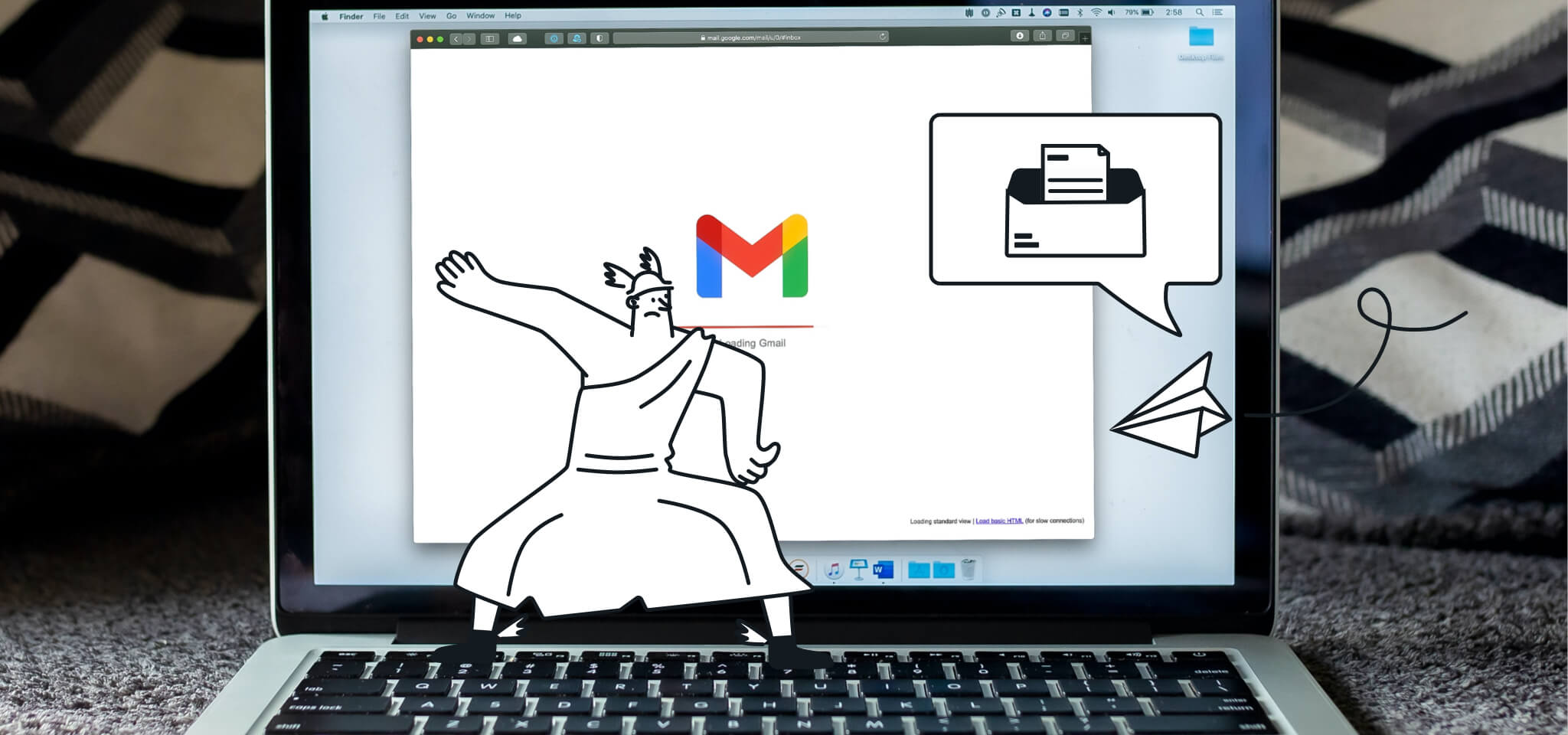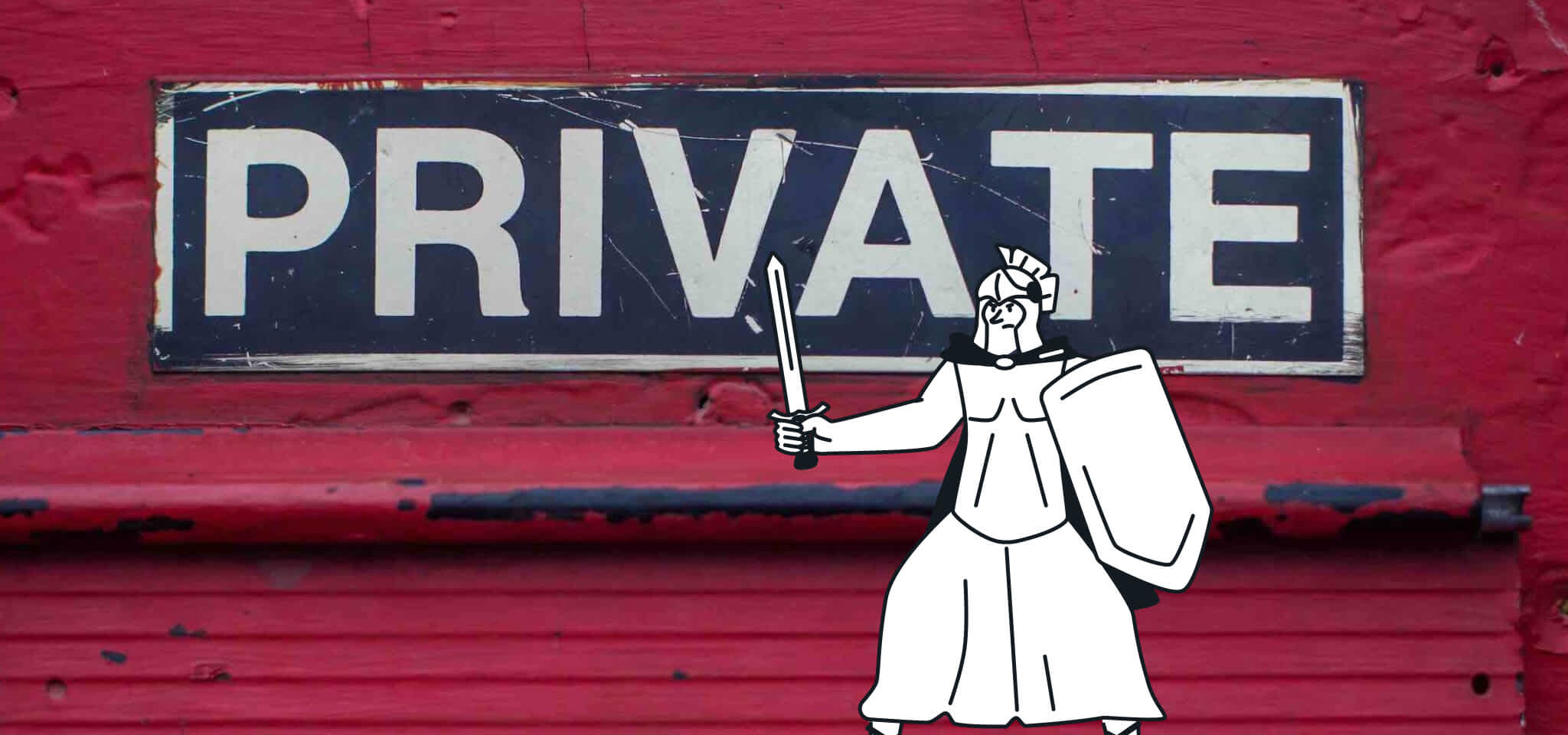Deliverability
Using Gmail for email marketing: Not such a good idea
Sending email marketing campaigns with Gmail can be risky. Learn from email experts why using Gmail for your marketing needs (email campaigns, newsletters, bulk email) is a bad idea. Discover the best practices to send emails with google or discover better solutions to maximize your chances to reach the inbox.

PUBLISHED ON
A few days ago, Loïc Le Meur published a post on the French blog Medium wondering why his newsletter kept being marked as spam in his subscribers' inboxes. At first glance, he meticulously follows the best practices for sending bulk emails: he uses an opt-in only mailing list, an emailing service and he obviously offers quality content. So, what could possibly be causing his emails to end up in the spam folder?
It turns out the problem lies elsewhere: it’s actually caused by the sender's address. Loïc Le Meur uses an @gmail.com address. Without special configuration, bulk emails sent from ISP or webmail provider addresses – which are designed for consumer use – are almost always seen as suspicious by said providers.
Let's take a look at why sending marketing emails from a @gmail.com address is usually a bad idea.
Table of contents
Email marketing with Gmail has its limitations
Firstly, whether you're using an emailing service like Mailjet or working directly in the Gmail interface, you’re going to find limits to the number of emails you can send and the number of contacts you can have: – 500 emails per day (or 100 if you use a POP or IMAP email client like Outlook or Apple Mail), – a maximum of 25,000 contacts.
The more your mailing list grows, the more these limits are going to become restrictive, whether you use the Gmail interface or a system like Mailjet.
Bulk email and the risk of looking like a phisher with Gmail
That is exactly what happened to Loïc Le Meur. A phishing alert was attached to his email when it arrived in his subscribers' inboxes.
Usually, bulk emails sent from webmail addresses are seen as suspicious by ISPs. When senders don't own the domain name in their email address (gmail.com, yahoomail.com, orange.fr, etc.), ISPs can't set up the SPF and DKIM authentications used by these domains.
As such, email servers can't possibly verify that you're a legitimate sender, even if you follow all the other standard rules for sending bulk emails (like Loïc Le Meur). So webmail providers and ISPs prefer to mark all unauthenticated incoming email as phishing, rather than risking a bad user experience.
How to send newsletters with Gmail: best practices
If despite all these limitations, you still want to send your newsletters and marketing campaigns from an @gmail.com address, you can configure your email service account so that it uses the Gmail SMTP server.
Just follow these steps:
Go to "Settings" in your Gmail account,
Click the "Accounts" tab. In the “Send mail as” field, select the @gmail.com address you wish to use.
Click “Edit info”. You can use either your domain's SMTP servers (activated by default) or Gmail's servers. Select Gmail's servers.
You should now be able to send marketing emails from your Gmail account without further issues. However, there is still a risk that these messages will be marked as phishing once they reach their destination.
Even though using an @gmail.com address can be convenient and can allow you to remain on the same level as your subscribers by having an individual and personalized email address, there are many advantages to having an email address that contains your own domain name.
You'll definitely look more professional and it will take your brand identity to a whole new level. Most importantly, you'll have a lot more control over your email address' reputation and, as long as you follow the other good practices for sending bulk emails, you shouldn't have to worry about your messages being marked as phishing.








